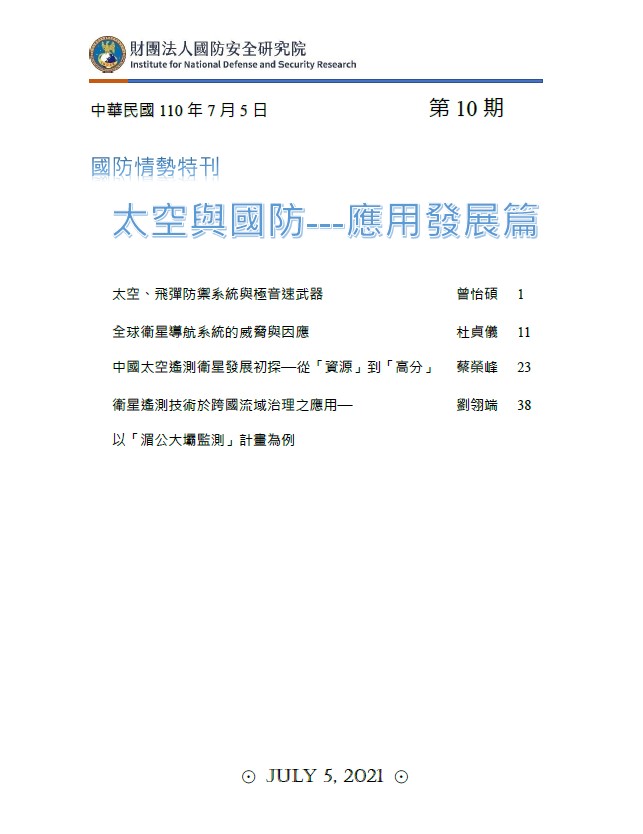肆、衛星遙測技術於跨國流域治理之應用—以「湄公大壩監測」計畫為例
2021.07.05
瀏覽數
415
Abstract
In September 2020, the US State Department, together with five ASEAN countries, namely, Thailand, Vietnam, Myanmar, Cambodia, and Laos, launched the "Mekong-US Partnership" to continue and expand the "Lower Mekong Initiative" (LMI) that was implemented from 2009 to 2020. The Partnership is intended to enhance water and natural resources management in the Mekong River Basin, promoting regional economic development and social security, thereby consolidating the power of the United States in Indochina and the Indo-Pacific region. This is mainly a response to the fact that China has built multiple dams and hydroelectric power plants on the Lancang River on the upper Mekong in recent years, which has greatly changed the ecology of the river, causing water resource disparity in the region.
China’s unwillingness to share transparent water management information has not only impacted agricultural and aquacultural industries downstream, but increased drought and flooding risks for the riverine communities. Thus, the first priority for the US and member states in the Mekong-US Partnership is to improve the use of water resources in the Mekong River Basin. On December 15, 2020, the "Mekong Dam Monitor" project was thus launched; through the application of satellite images, remote sensing technology and Geographic Information System (GIS), the project will serve as a powerful tool to disclose the hydrological information of the entire basin.
The article examines the case of the "Mekong Dam Monitor" project and the effectiveness of satellite and remote sensing technology in the governance of transboundary river basins, as well as the benefits they can contribute to regional geopolitics and power balance.


